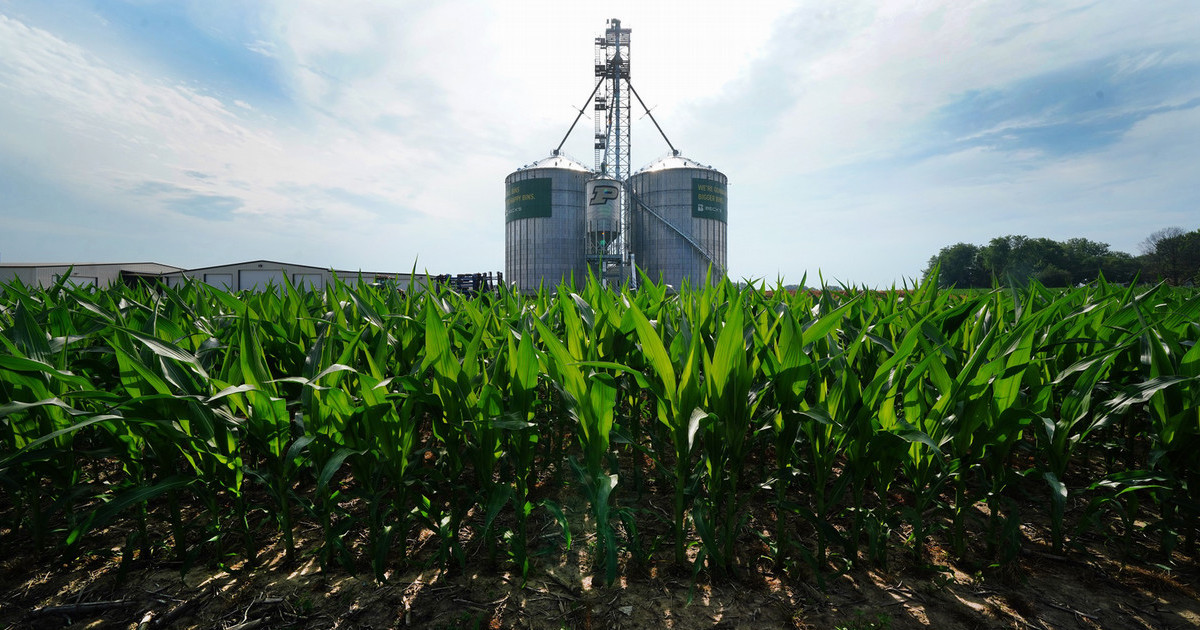BR&E Next Steps

~by Heather Strohm
Regional Extension Educator, Community Development – Purdue University
Over the past several months, my column has provided an overview of all five of the Business Retention & Expansion Program (BR&E) modules and discussed the Business Retention & Expansion process. The BR&E process includes establishing a Task Force, creating and conducting readiness assessments, and leading company visits guided by data-driven decision-making. After each of these components was used, the Task Force members recognized the value in analyzing critical data while delineating themes and important trends in the body of the final report.
Key takeaways for the businesses and the community are highlighted in the final BR&E report. However, one of the most important aspects of the BR&E process is truly the process itself. One must keep in mind that while the report is important, individuals often overlook the importance of connections and relationships. In other words, building relationships with new companies, garnering and connecting deeply with resource partners, and understanding needs and pinch-points that previously may not have been understood.
Early in the BR&E program, one of the most significant lessons learned about economic development is understanding how attraction, creation, and retention/expansion play a pivotal role. By the BR&E program’s conclusion, the puzzle pieces seamlessly fit together much more cohesively. Bridges are established between organizations, and partnerships begin to thrive in a county and/or region. One of our recent discoveries is how the combination of advocacy, policy development, and BR&E training leads to program outcomes directly resulting from these efforts.
BR&E Connecting Community to Industry examples include:
- BR&E efforts resulted in eight new relations understanding of five businesses (Expansion)
- About a third of the firms surveyed are considering renovation or expansion
- A need was identified for a workshop on how to export products from the region; 18 companies attended (Technical training)
- Perceived barriers that prevented continued success were identified in 14 businesses, and these barriers were removed or mitigated by providing accurate information to the companies and connecting them to local resources.


